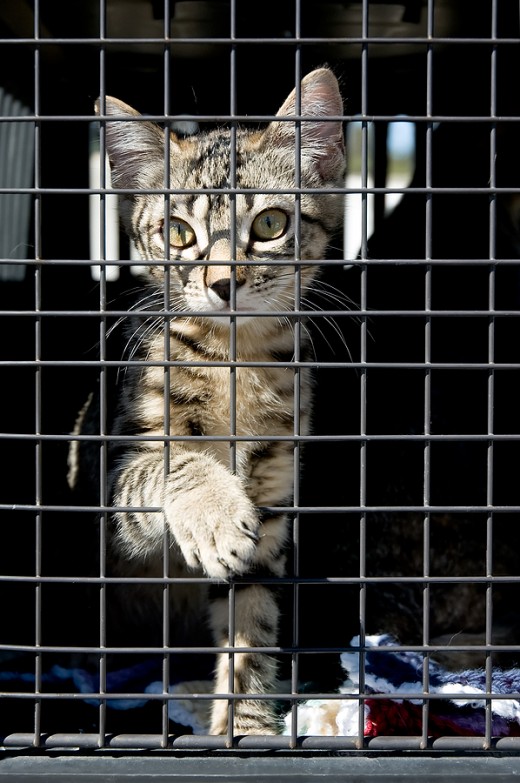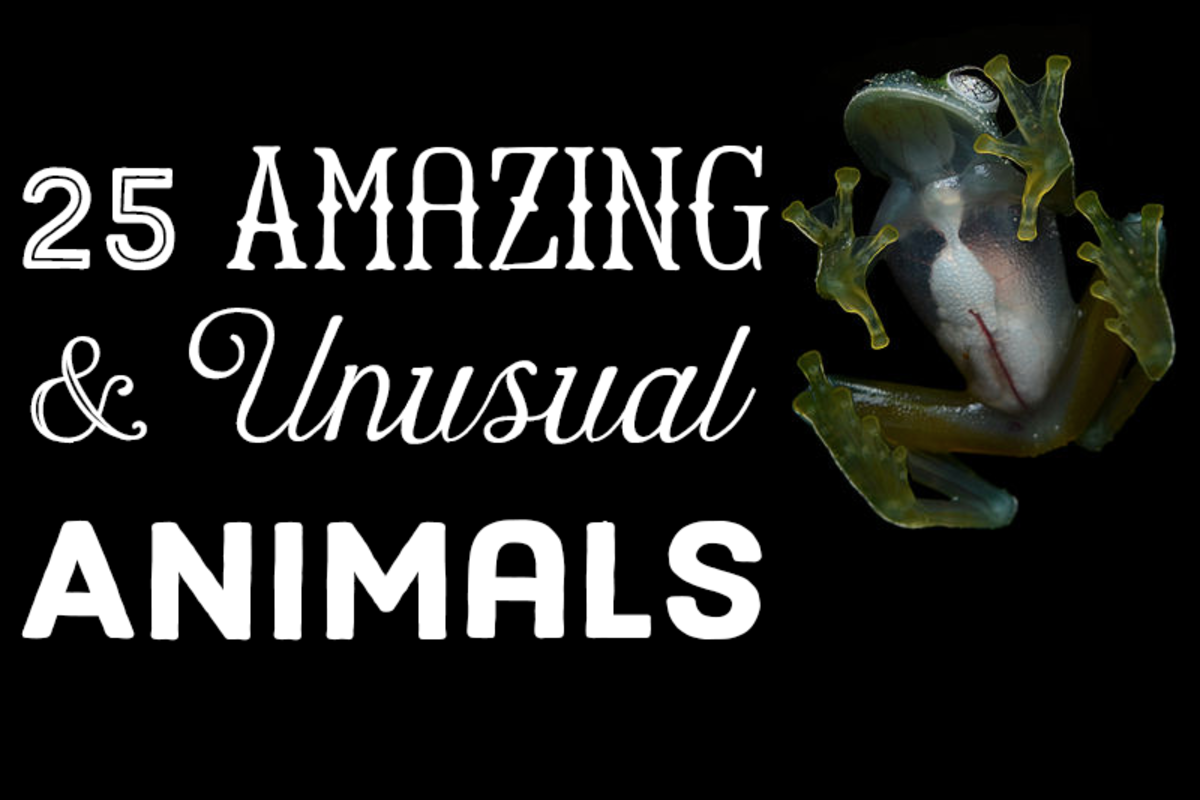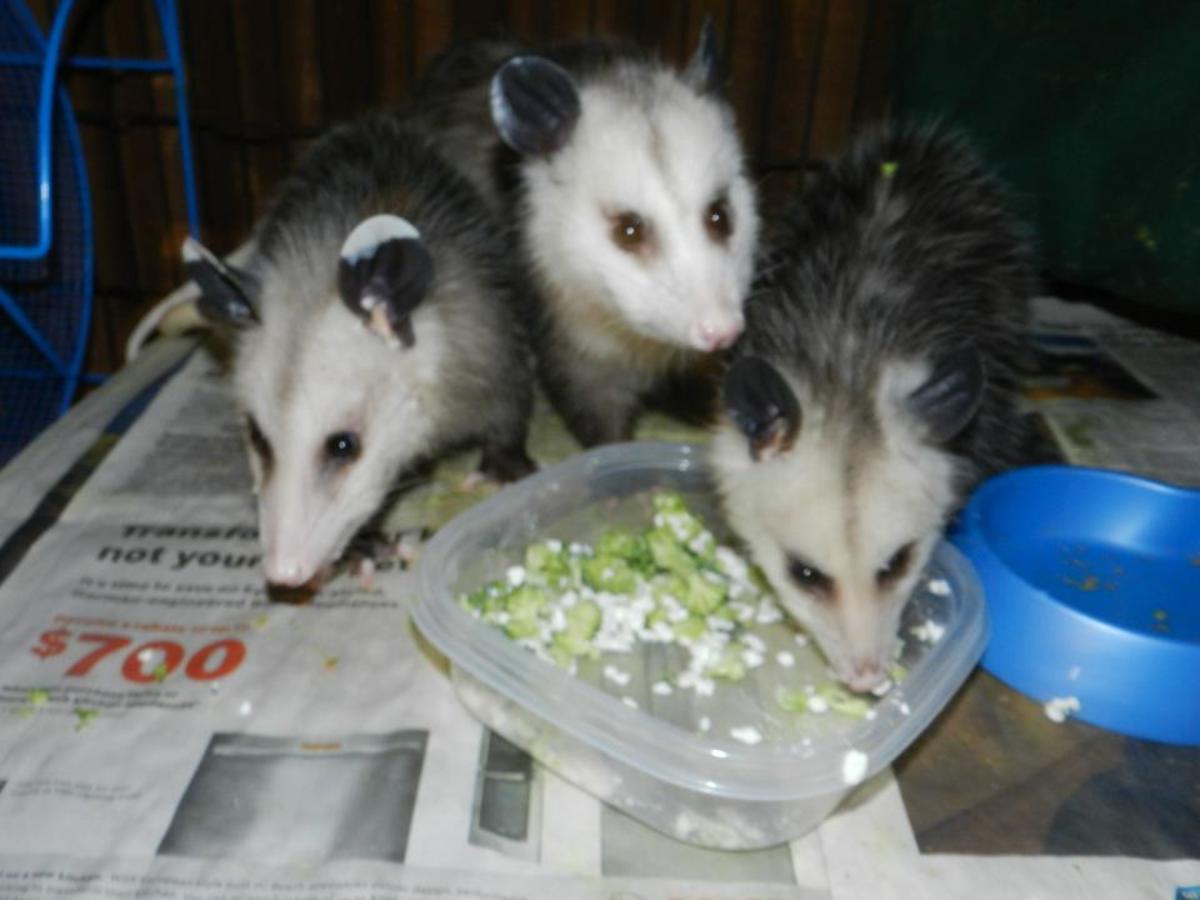- HubPages»
- Pets and Animals»
- Animal Care & Safety»
- Animal Rescue
Adding a Rescue Cat to Your Family. Tips and Tricks to Ensure Peace Among Your Feline Friends!

Recently, my adorable black cat, Norman, died of lung cancer. He left behind his best friend, Claire the calico, and two canine sisters, Kylie and Sadie. Norman walked into my life seven years ago. He was a sickly stray who was in desperate need of medical attention and lots of TLC. Needless to say, Norman adopted me and was a loving member of my family for many years.
As previously mentioned, when Norman died, he left behind his best friend Claire. Clare the calico was also a neighborhood stray who joined my family several years ago and quickly bonded with Norm. After Norman died, I noticed several changes in Claire’s behavior. The once frisky, fun loving calico, who loved chasing the laser pointer and climbing the cat tree was replaced by a depressed kitty who moped around the house and slept more than usual. When she wasn’t sleeping, Claire would roam the house calling and searching for Norman. It was clear, she missed her best friend. This behavior broke my heart and quickly lead me to the conclusion that Claire was lonely and in need of a new kitty companion. After all, most cats love companionship and do better in pairs. One quick note before I continue. Most animal experts agree that if you have a male cat at home, it would be best to add a female (and vice versa). Of course, there are exceptions to every rule…but a male/female pairing is probably the safest bet.

Cat Adoption
First of all, let me start out by saying that “Adoption is the BEST Option!” Millions of cats are destroyed each year because there are simply not enough forever homes in which to place them. SO SAD!! So, if you are thinking of adding a cat to your family…PLEASE consider adoption first. Animal shelters are filled with cats and kittens that are in need of good homes. Not only are animal shelters and rescues reliable and convenient, they are also an inexpensive option when compared to the cost of acquiring a feline from a professional breeder. To find a shelter or cat rescue in your area…all you have to do is a simple Google search!
Bringing Your New Cat Home!
So you have finally picked out your new feline friend…congratulations! The next step, bringing kitty home and introducing him or her to your current cat. Fair warning…bringing your new cat home and simply plopping him down in front of your other cat would NOT be a good idea. In fact, it would be a HUGE mistake! The introduction process can take time. So patience is a MUST! It would not be wise to assume that your current feline is going to love and accept his new roommate right away. Claire, for example, adored Norman and LOVED having him as a companion. However, when I brought home my new rescue, Cooper, she hissed, growled and was ready to show him the door! As mentioned above, patience is a must as it can sometimes take up to a month or more for two cats to truly adjust to one another. It is also important to note that you should pay extra attention to your new cat during this time in order to ease his anxiety level and to reassure him that he is in a safe and loving environment.

Prepare a Safe Room!
Because you want to slowly introduce your new cat into the family, it would be wise to have a “safe room” ready. What exactly is a “safe room?” I’m glad you asked! A “safe room” is simply a place where you can keep your new cat isolated until you feel it is ok for him or her to meet your other cat face to face. The “safe room” should have food, water, a litter box, comfortable cat bed and of course, plenty of toys. Even though the resident cat won’t be able to see the new addition, trust me when I say he will most certainly be aware of his presence. Like dogs, cats have powerful noses and even though there may be a door separating the two felines they will be able to learn a lot about each other via scent.
Leaving the Safe Room
How long your new cat will actually live in the “safe room” will be up to you, however, seven to ten days should be adequate. Once you have decided that it is time for your new addition to meet his new roommate, simply place the new cat into a pet carrier and slowly walk around the house. Finally, set the carrier (with the new cat still safely inside) in one of the main rooms of your home (a room where your current cat hangs out would be ideal). Allow the resident cat to meet the new cat face to face (through the carrier door). This will allow them to get to know each other while at the same time, preventing altercations. After several hours, place the carrier (with the new cat still inside) in a different room and once again, allow the two cats to see and smell each other. Though this may sound silly, this exercise will enable the new cat to establish a presence within the home. Next step, feed both cats side by side. Simply put one bowl of food (something that both cats will love such as wet food with gravy) into the carrier with the new cat and one bowl right outside of the carrier door (for the resident cat). By doing this, you will provide a pleasurable experience that hopefully will teach both cats that good (and tasty) things happen when they are together!
The Cat is Out of the Bag! Or in This Case...the Safe Room!
By now, you are probably ready to set your new pet free. Trust me when I say that your new furry friend is anxious and ready to be released from confinement as well! It is best to have the first actual face to face meeting after a meal…when both cats are full and feeling a bit lazy. Be sure to release the new cat into a room that has an easy escape route. That way, if things don’t go well, and the resident cat attacks, the new cat will have a way out. When the two cats finally meet for the first time, with no barrier between them, you can expect growling, hissing, swatting and of course, plenty of sniffing. When Claire first met Cooper, she hissed and then chased him from the room. Remember, hissing, growling and swatting are normal first reactions. However, if it appears that a fight is about to take place, separate the two cats immediately and return the new cat to his “safe room.” After a few days pass and things have settled down, try another face to face meeting. Over time, the two cats should begin to get along and the powerful urge to groom and play with one another should overcome the urge to fight. Don’t worry if there is still hissing and swatting as these actions are normal when territorial boundaries are being set. If several weeks go by and the two cats are still not getting along…I suggest that you contact the shelter or rescue group from which you adopted your new cat. They will be more than happy to offer advice. In some cases, they may recommend that you return the cat that you adopted and choose another.
Remember, introducing a new cat into your family can be a long process. So please, be patient! In most cases the simple steps described above should work. Good luck and may your home be filled with happy, peaceful cats!
Great Cat Books!





